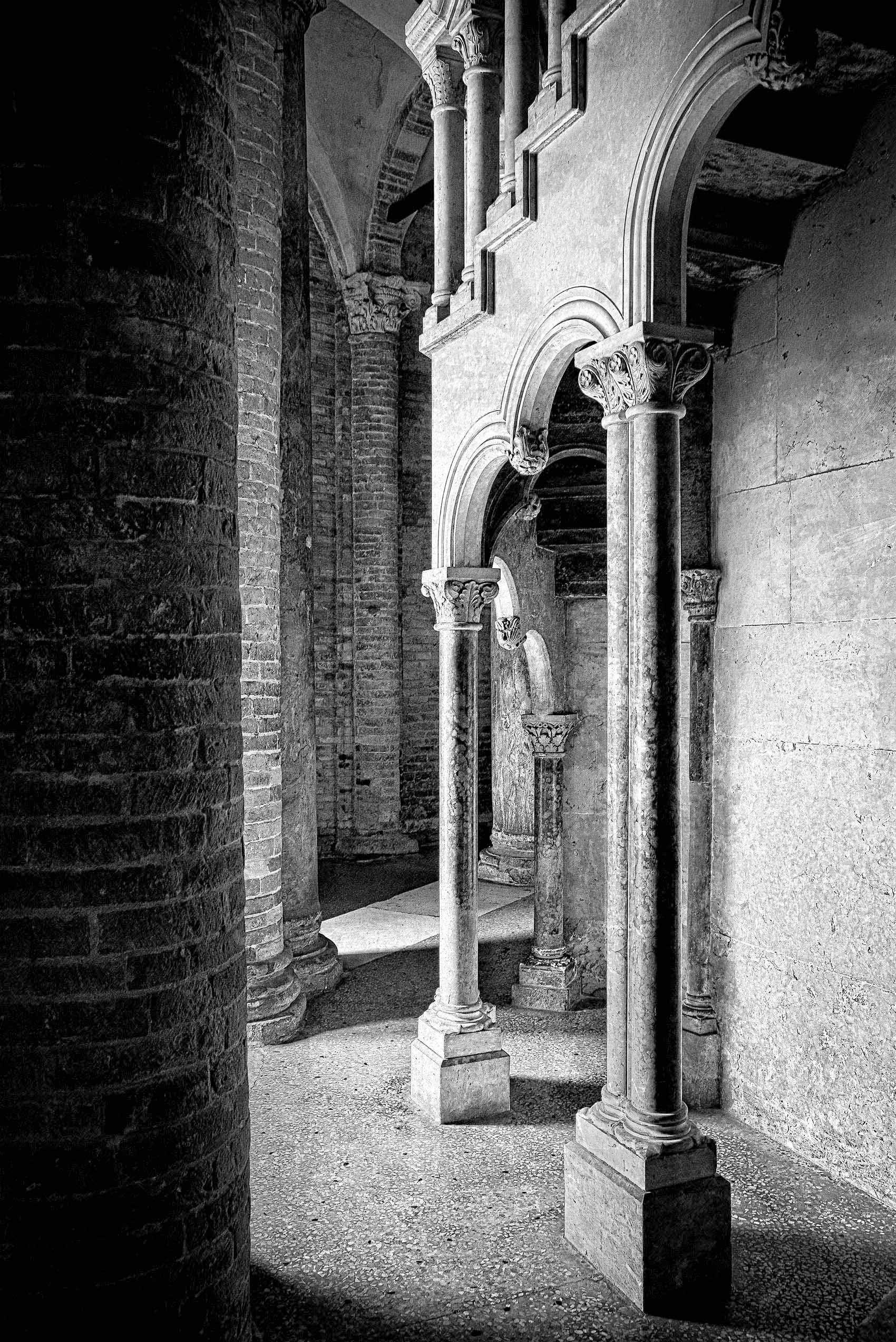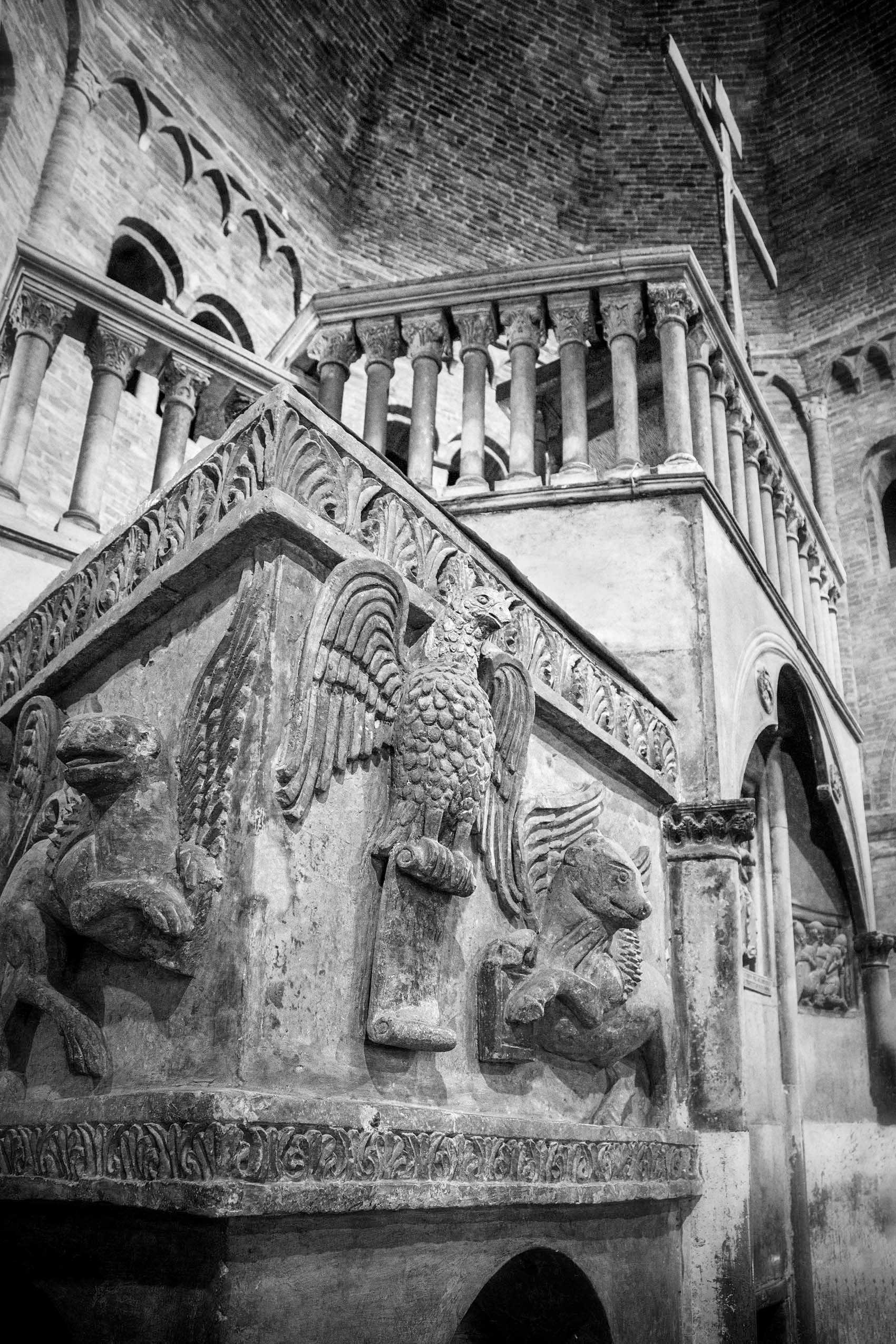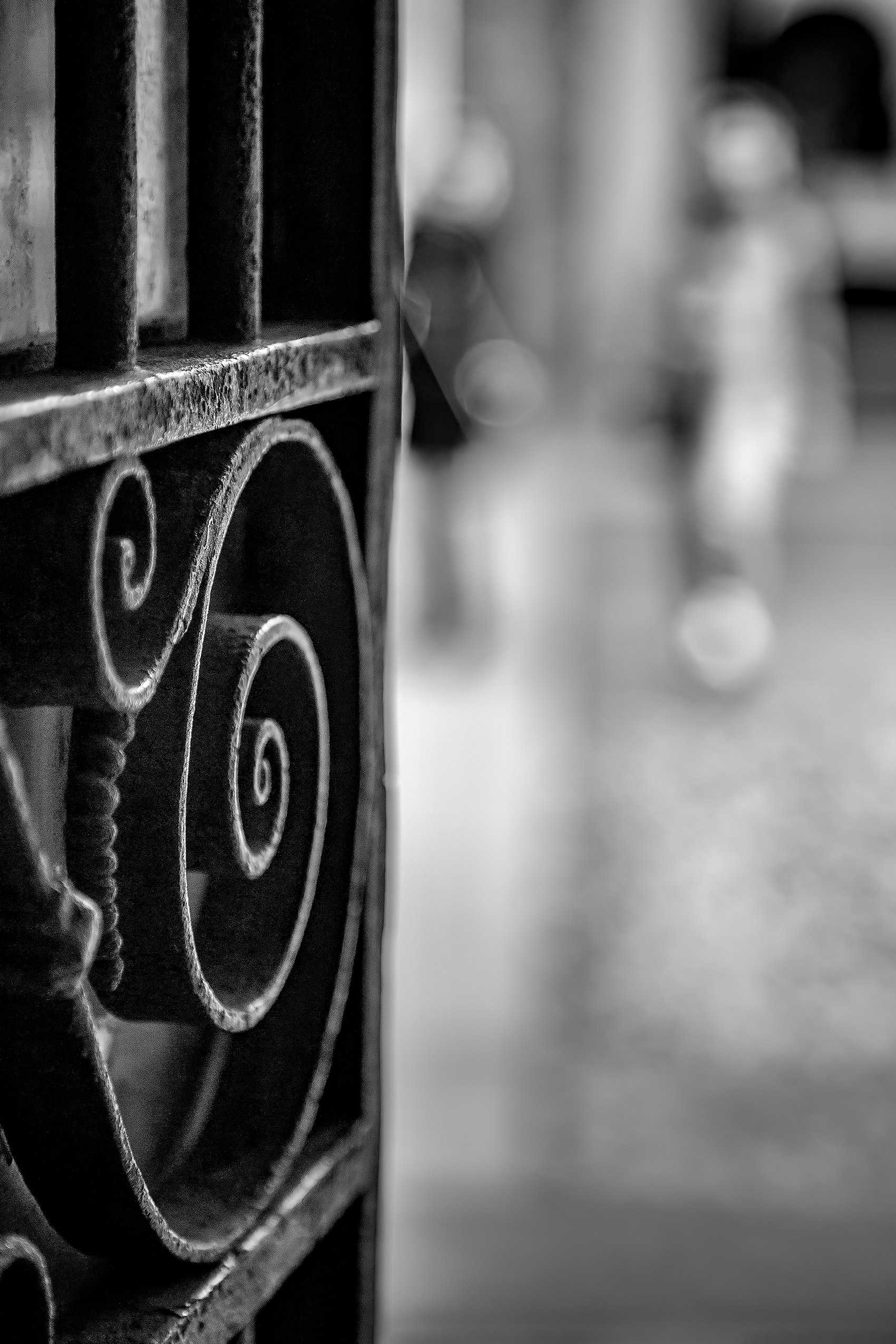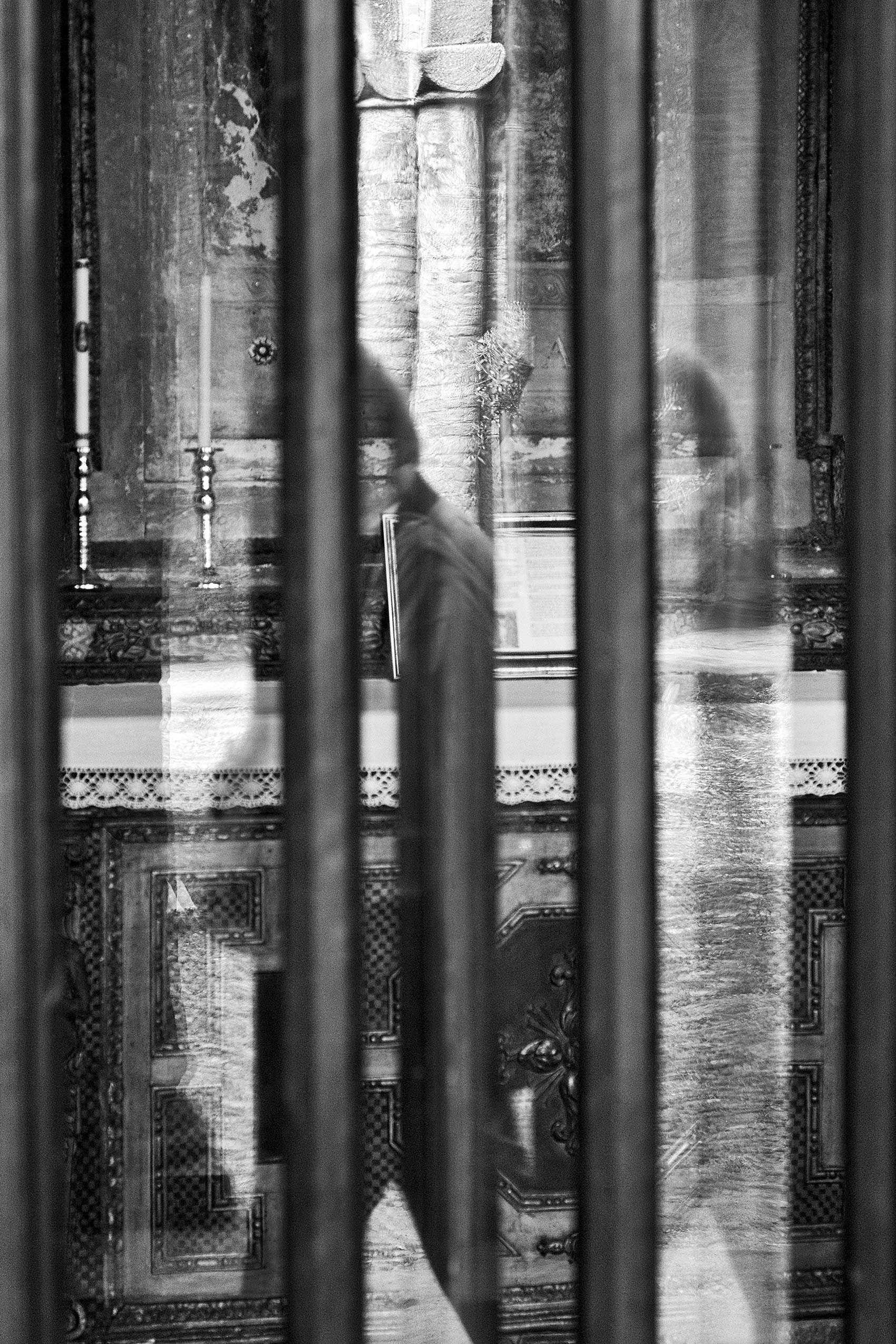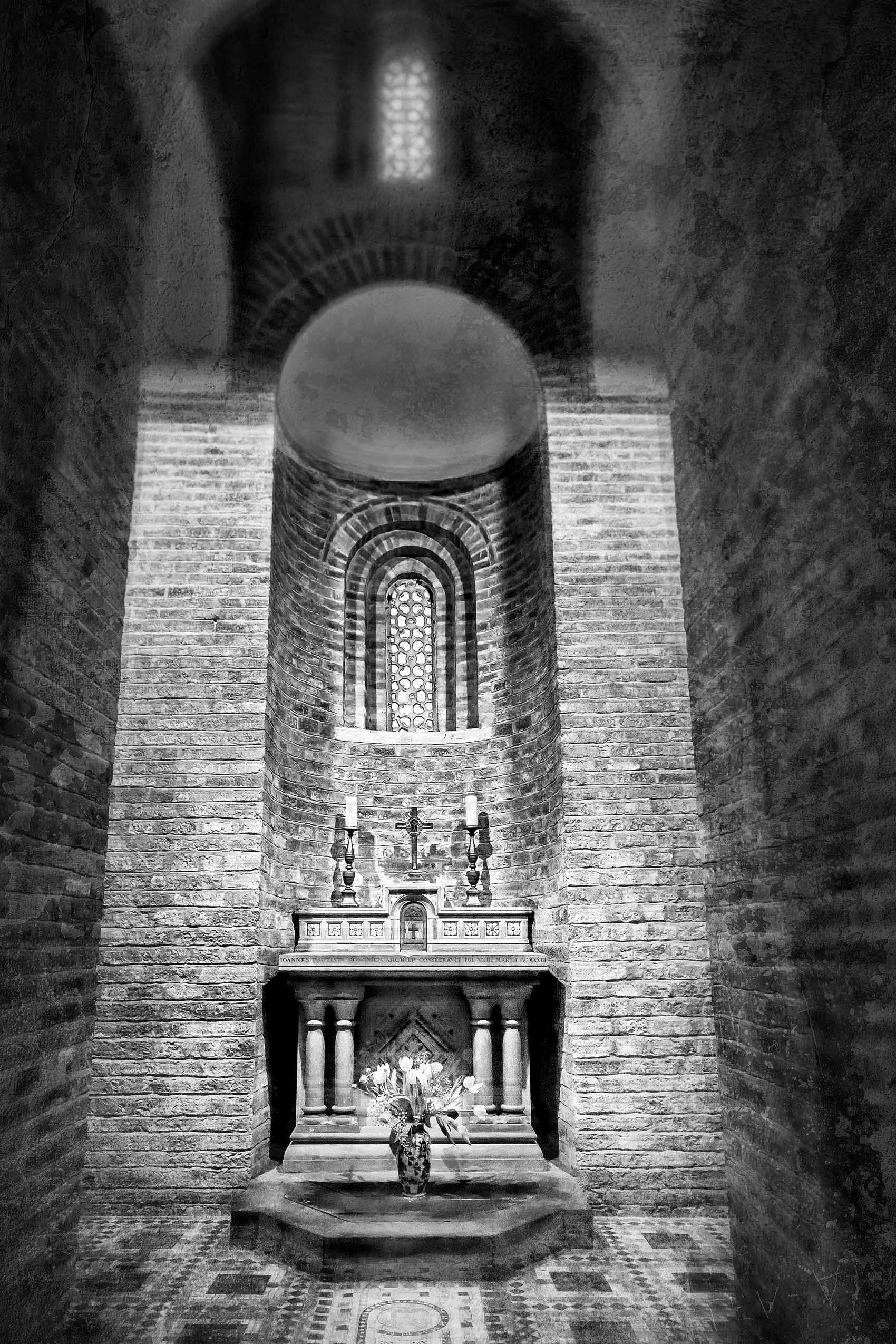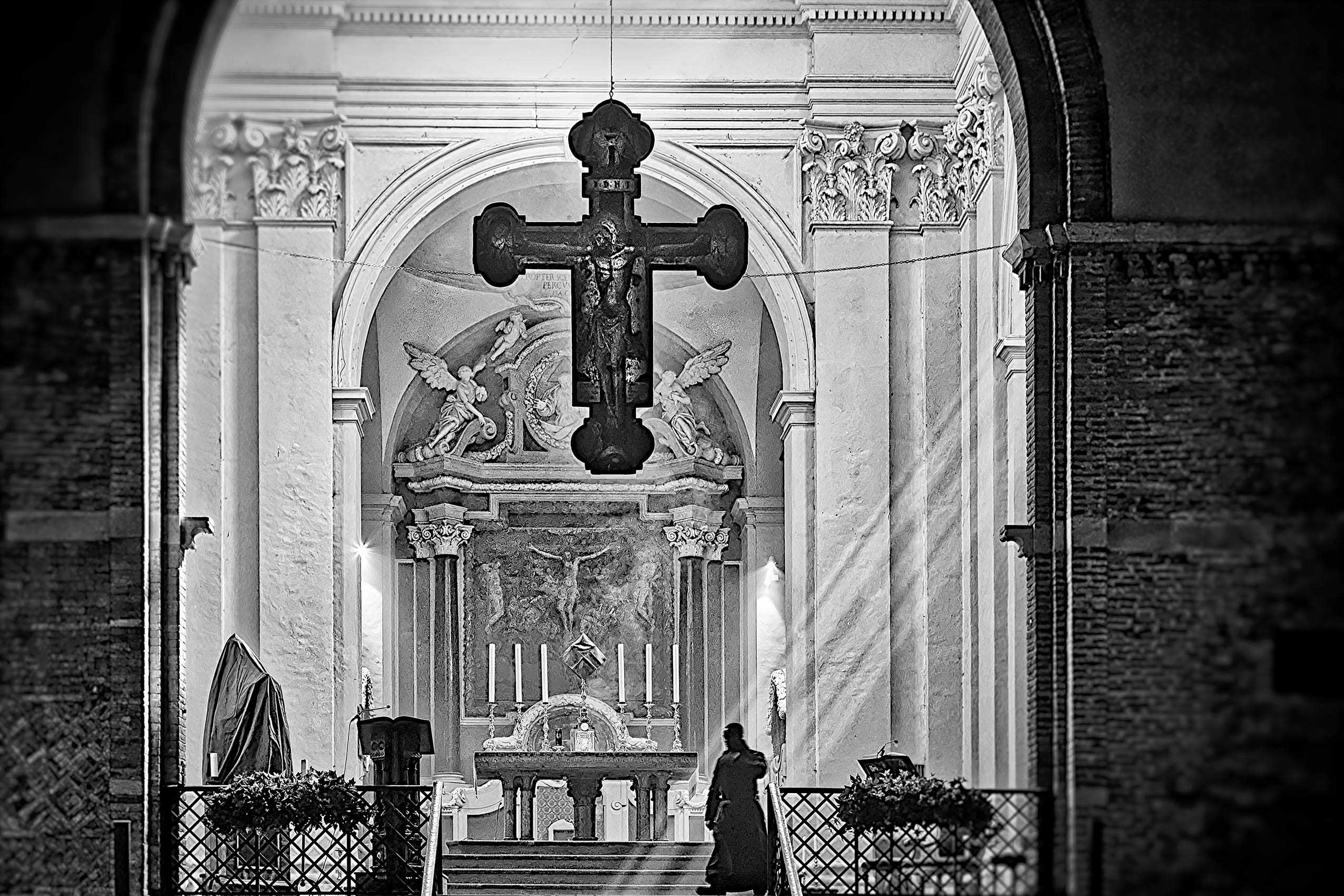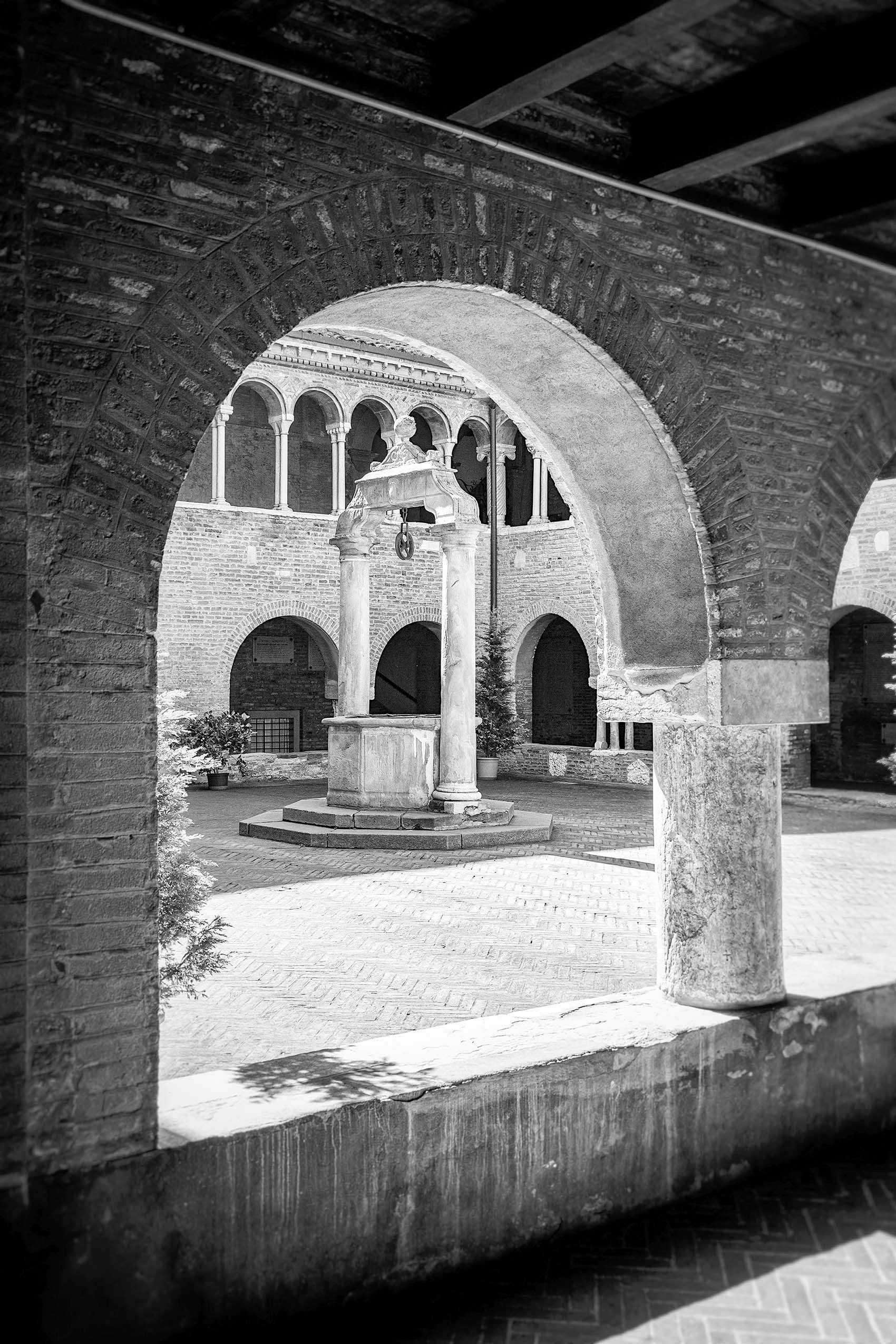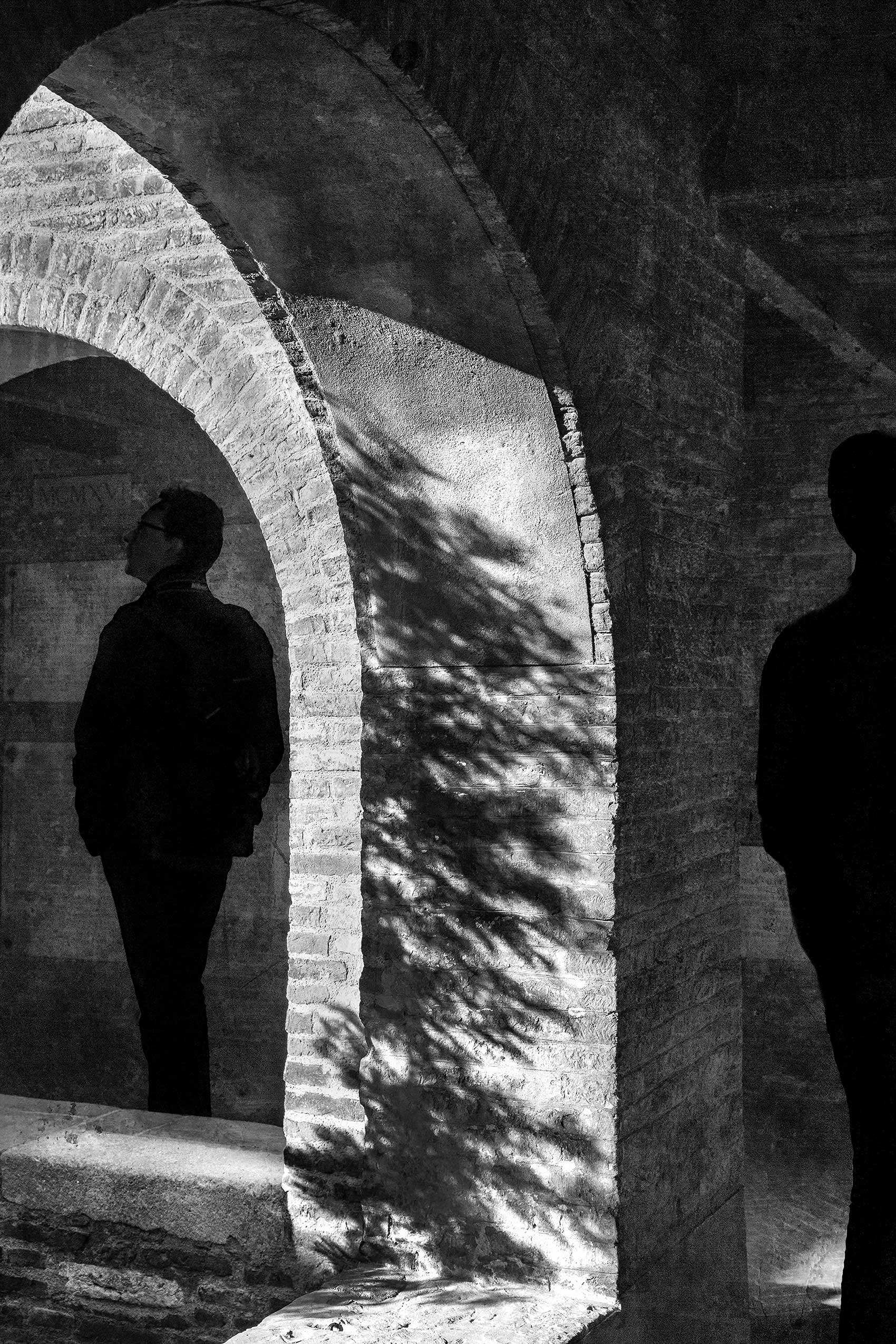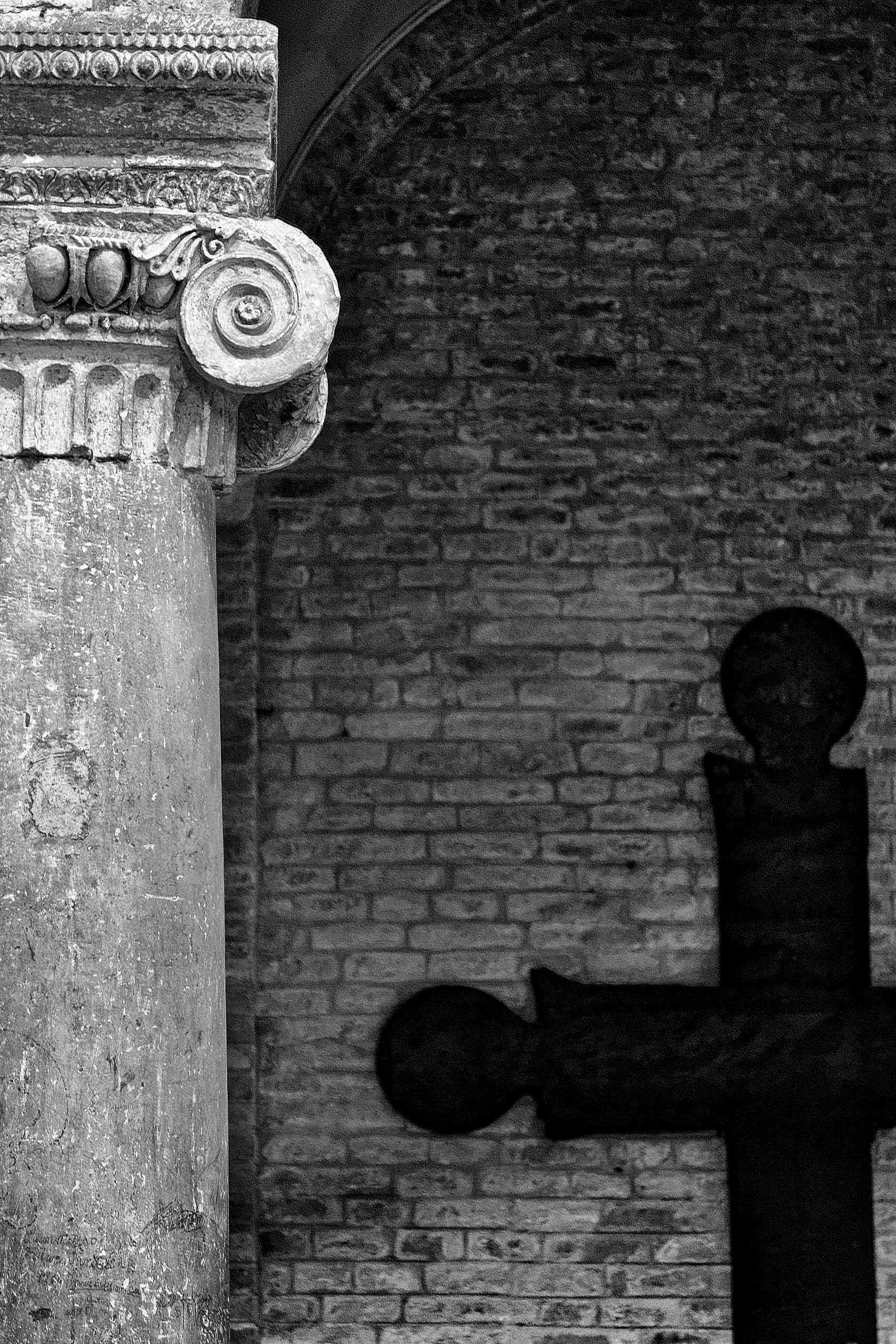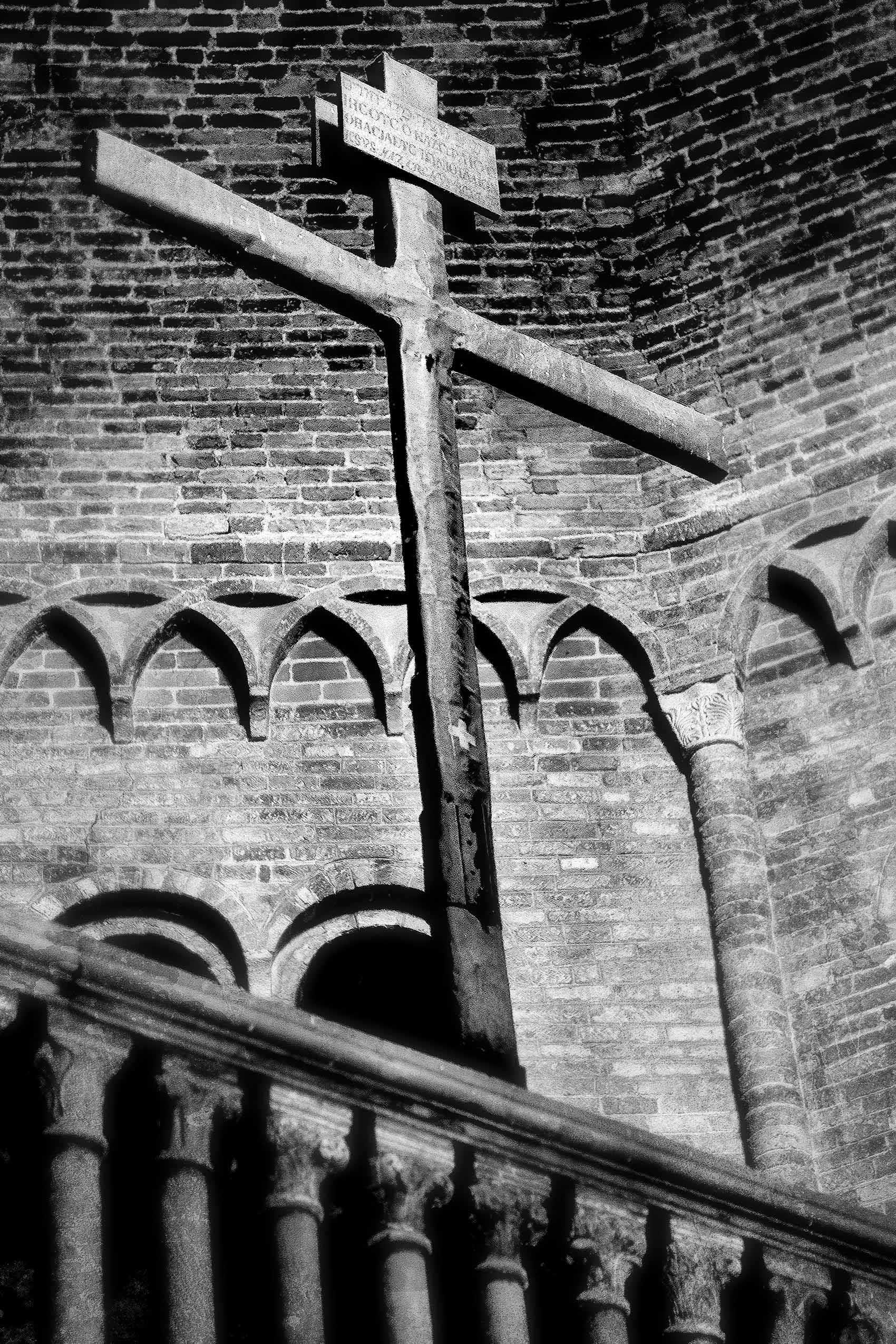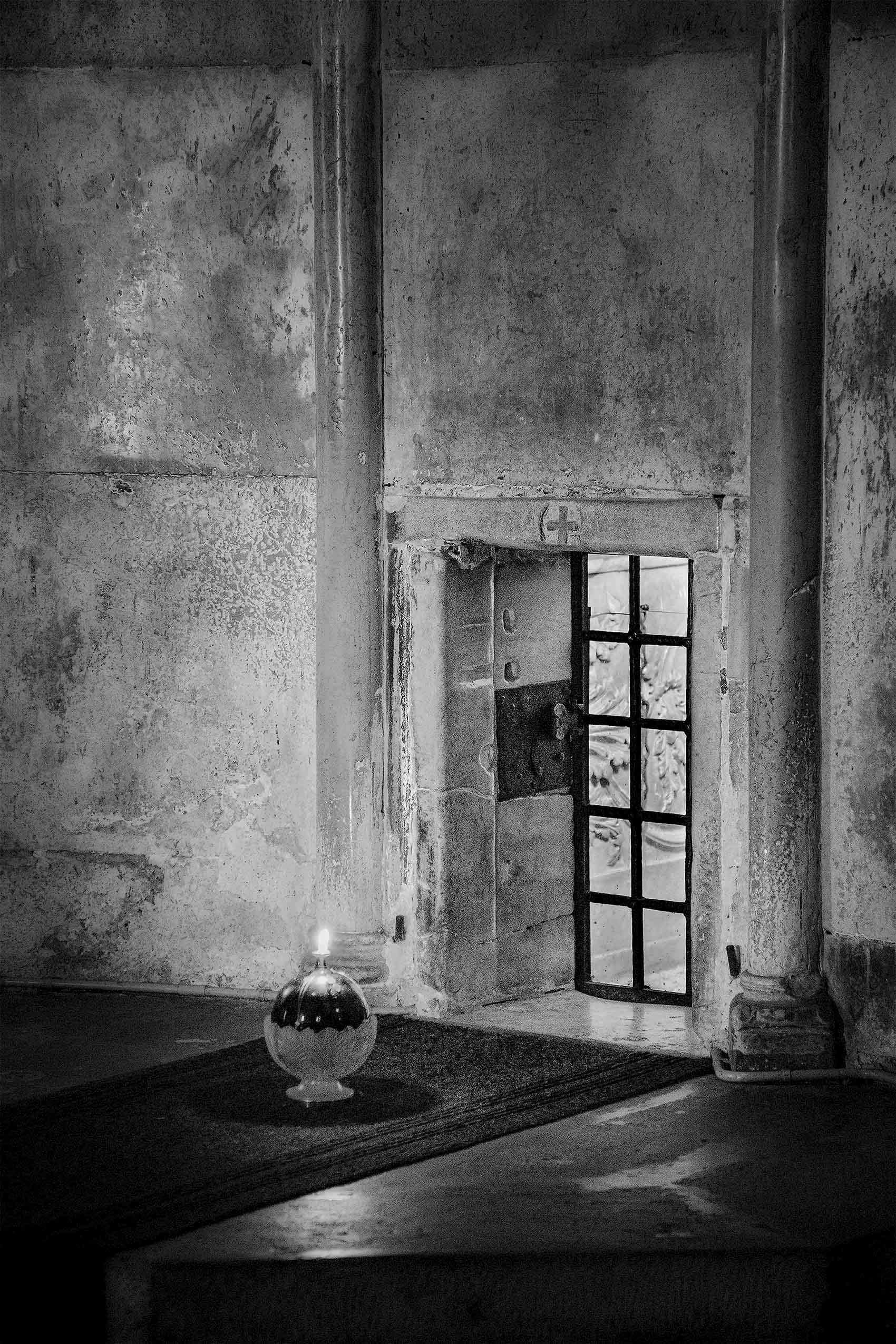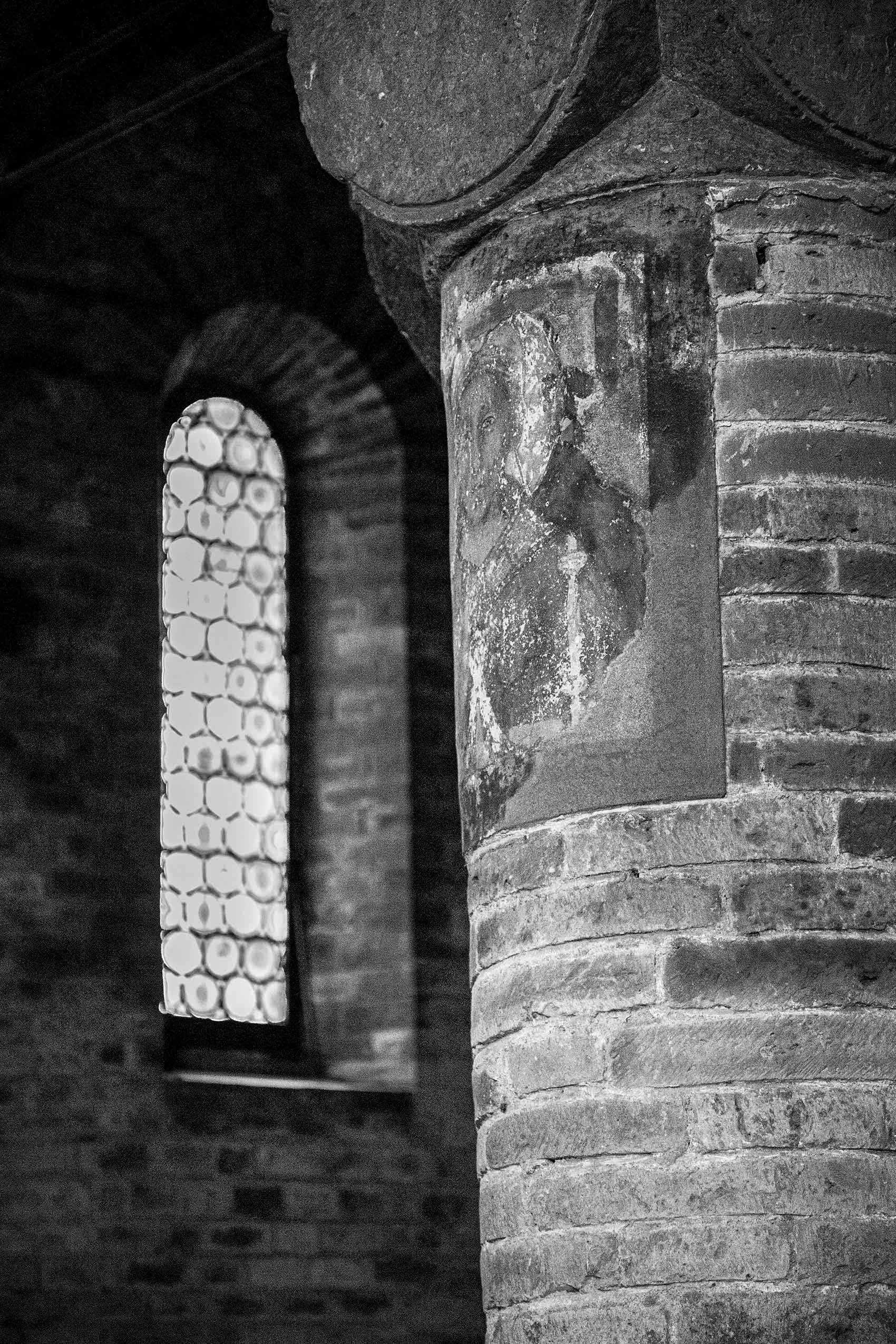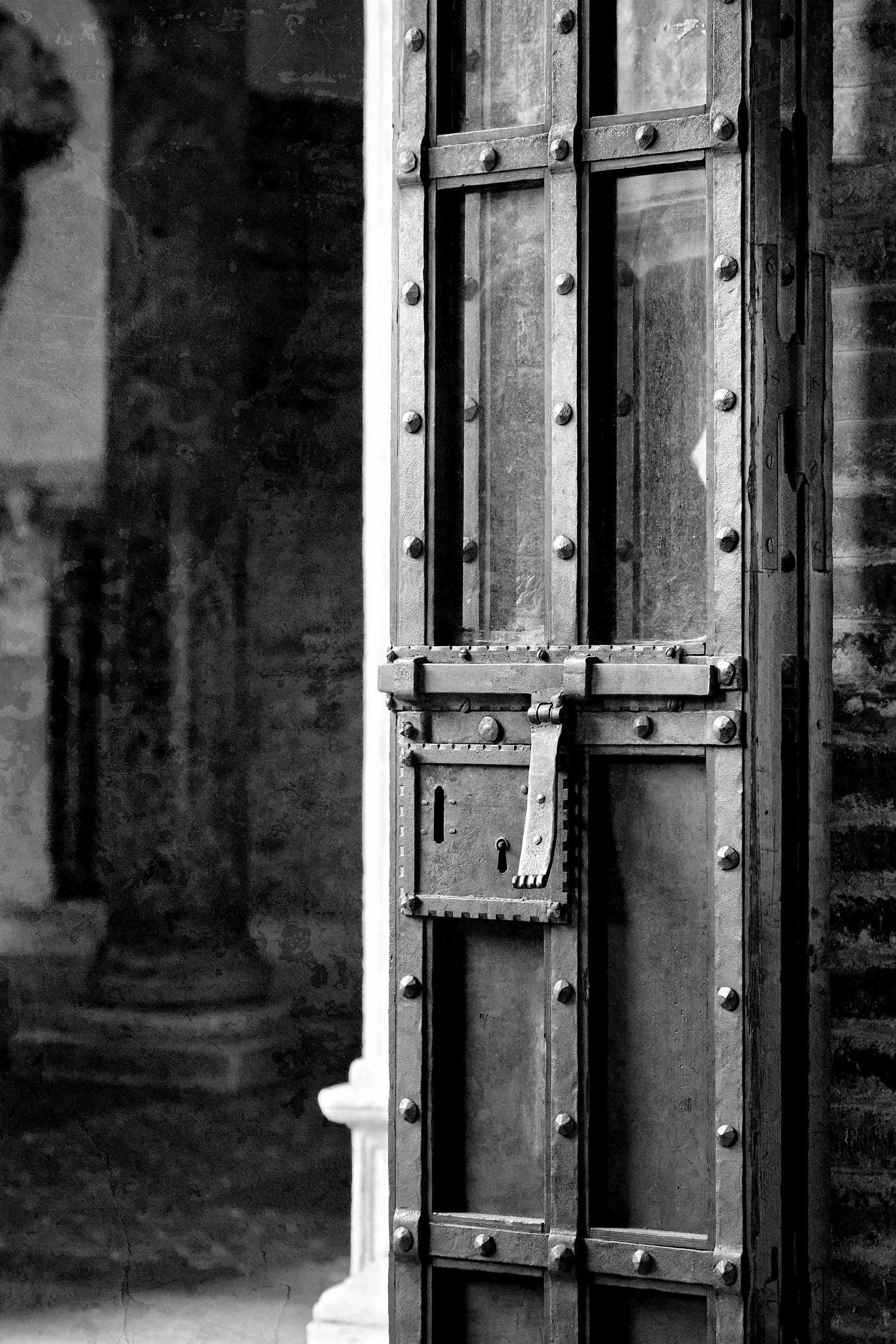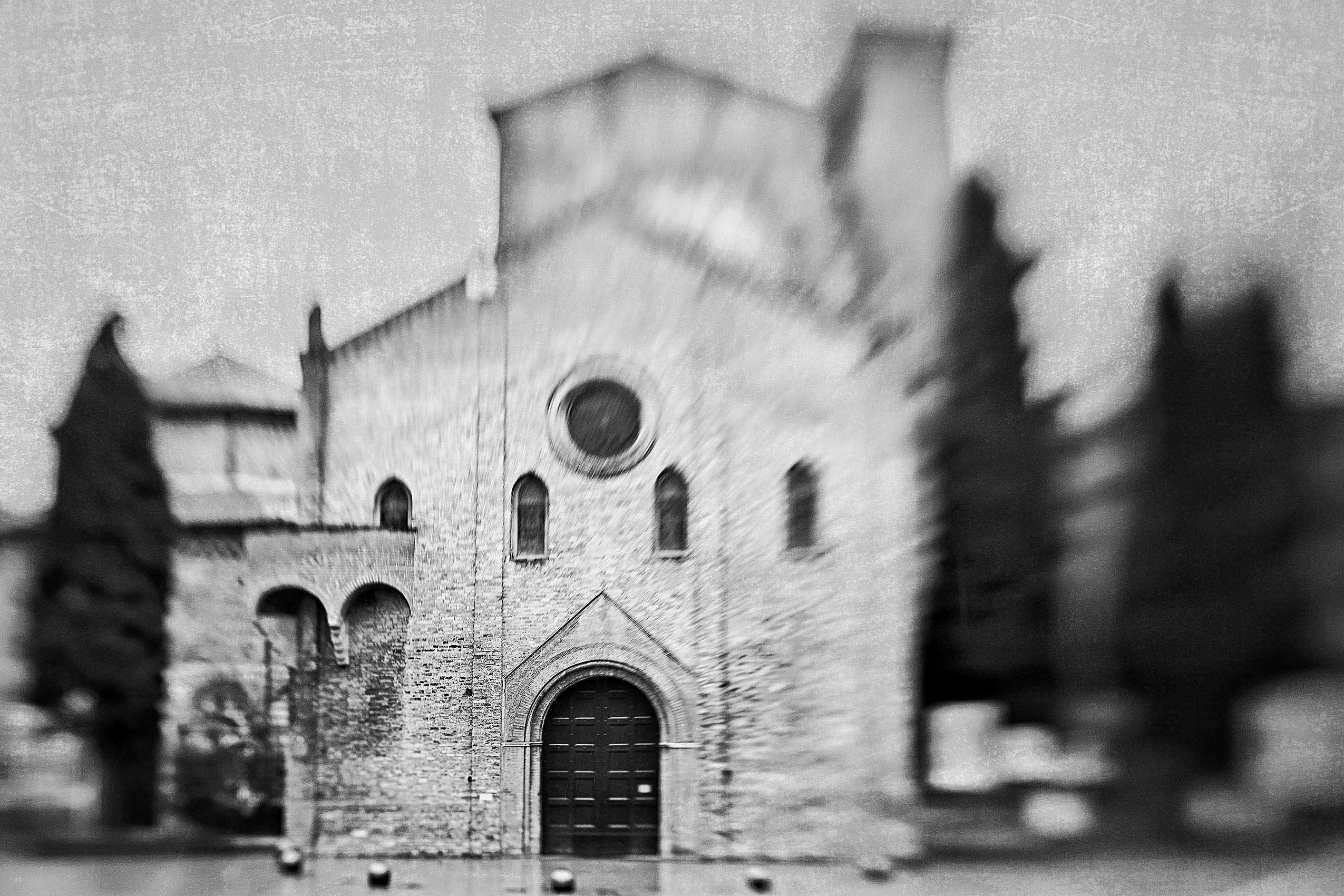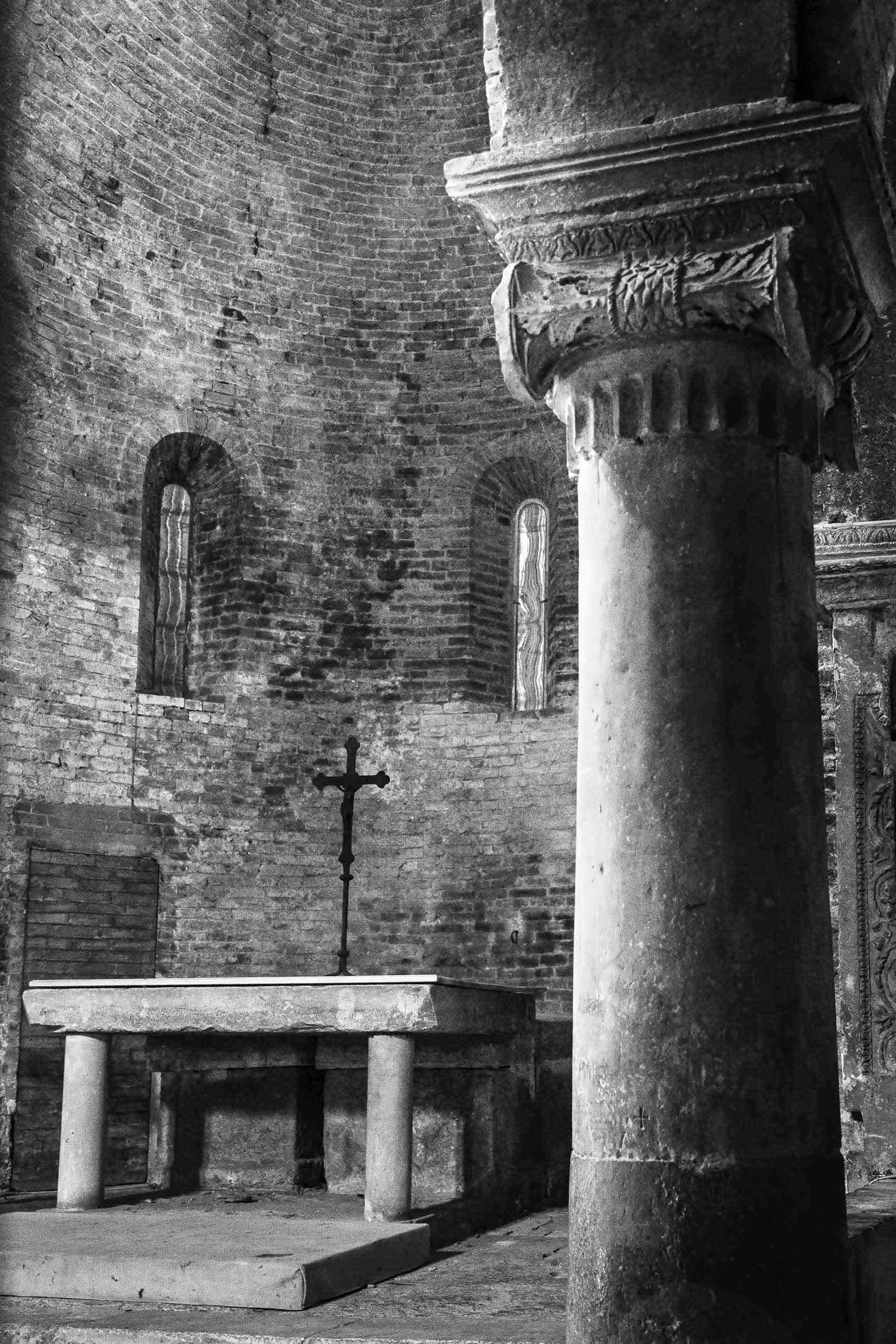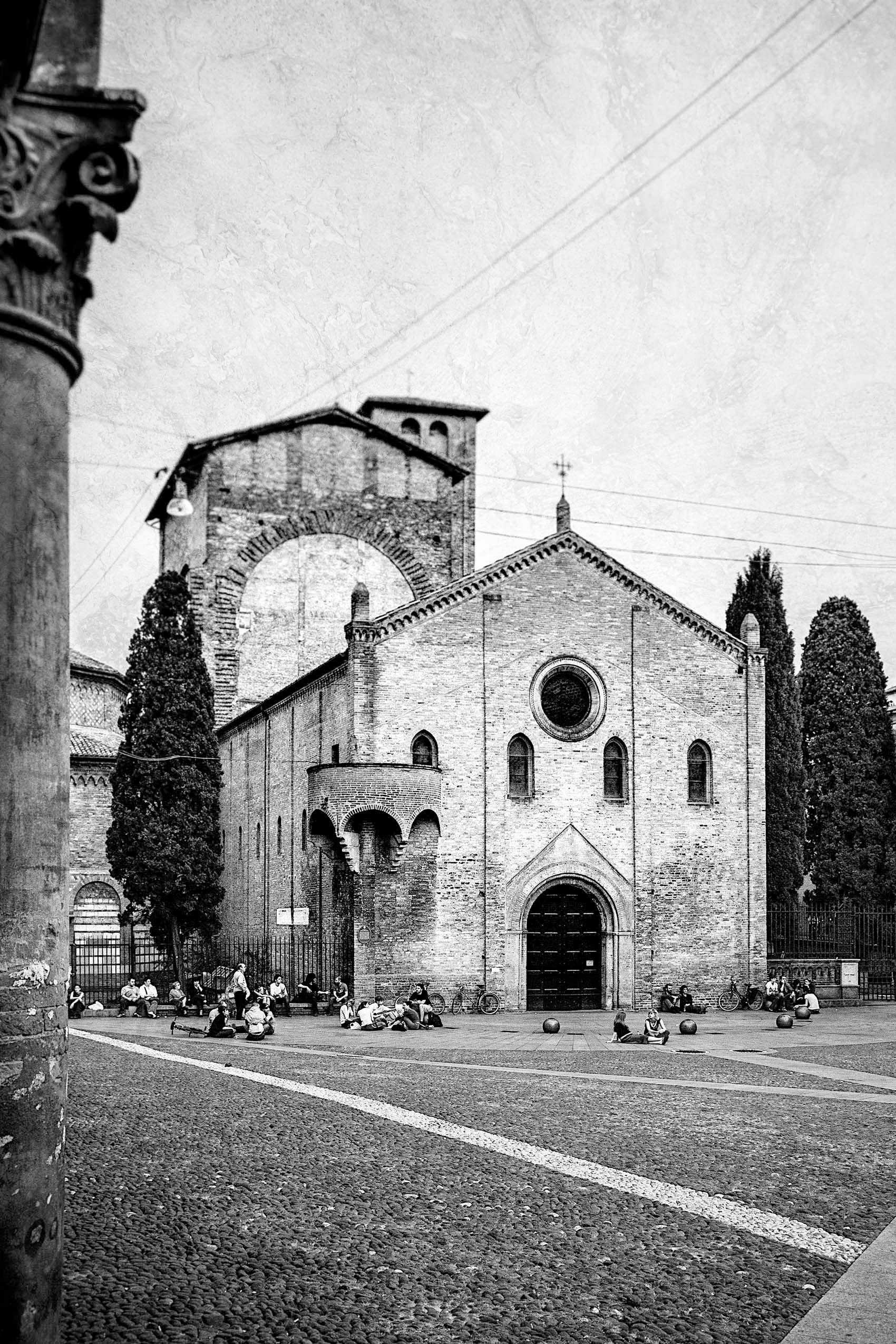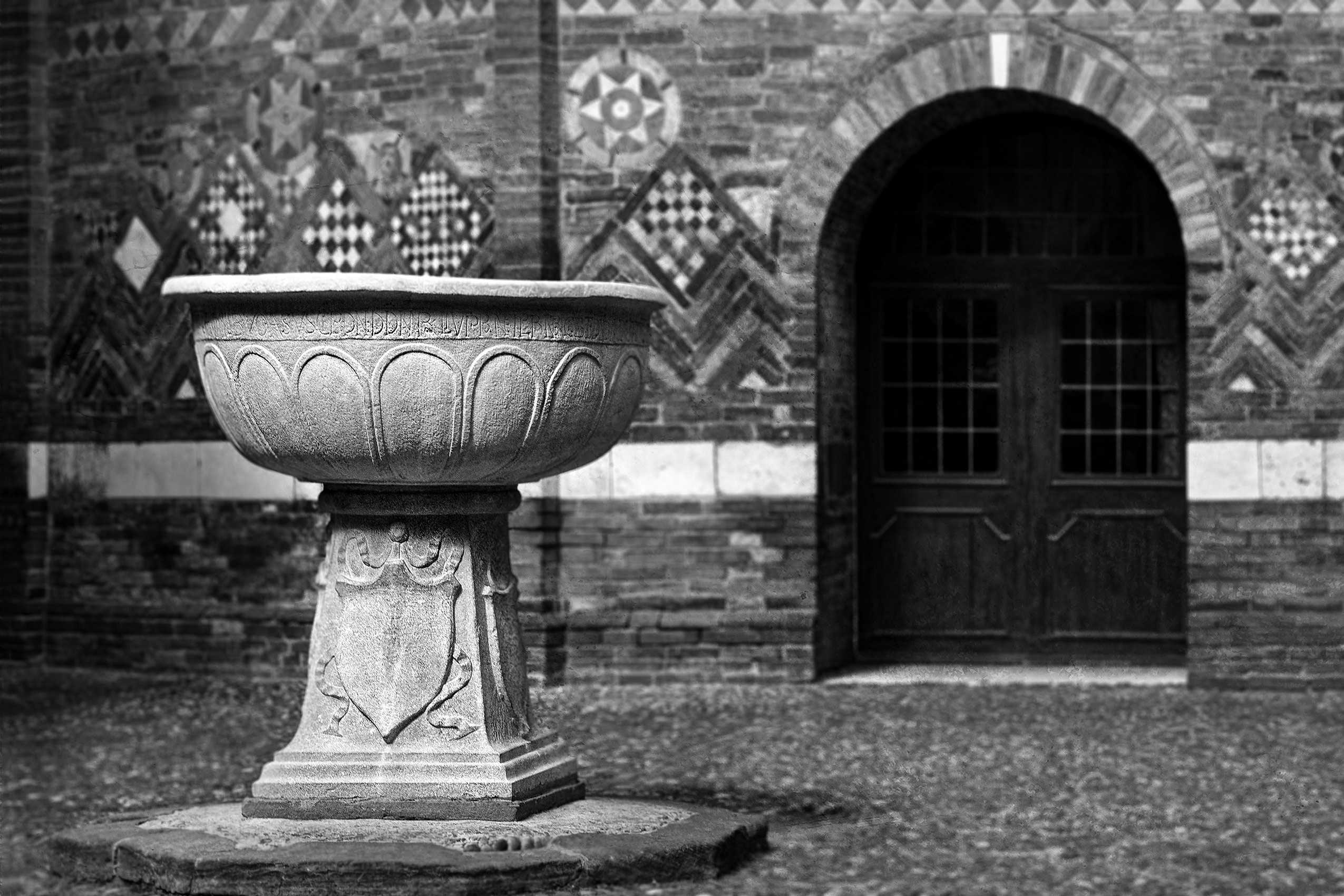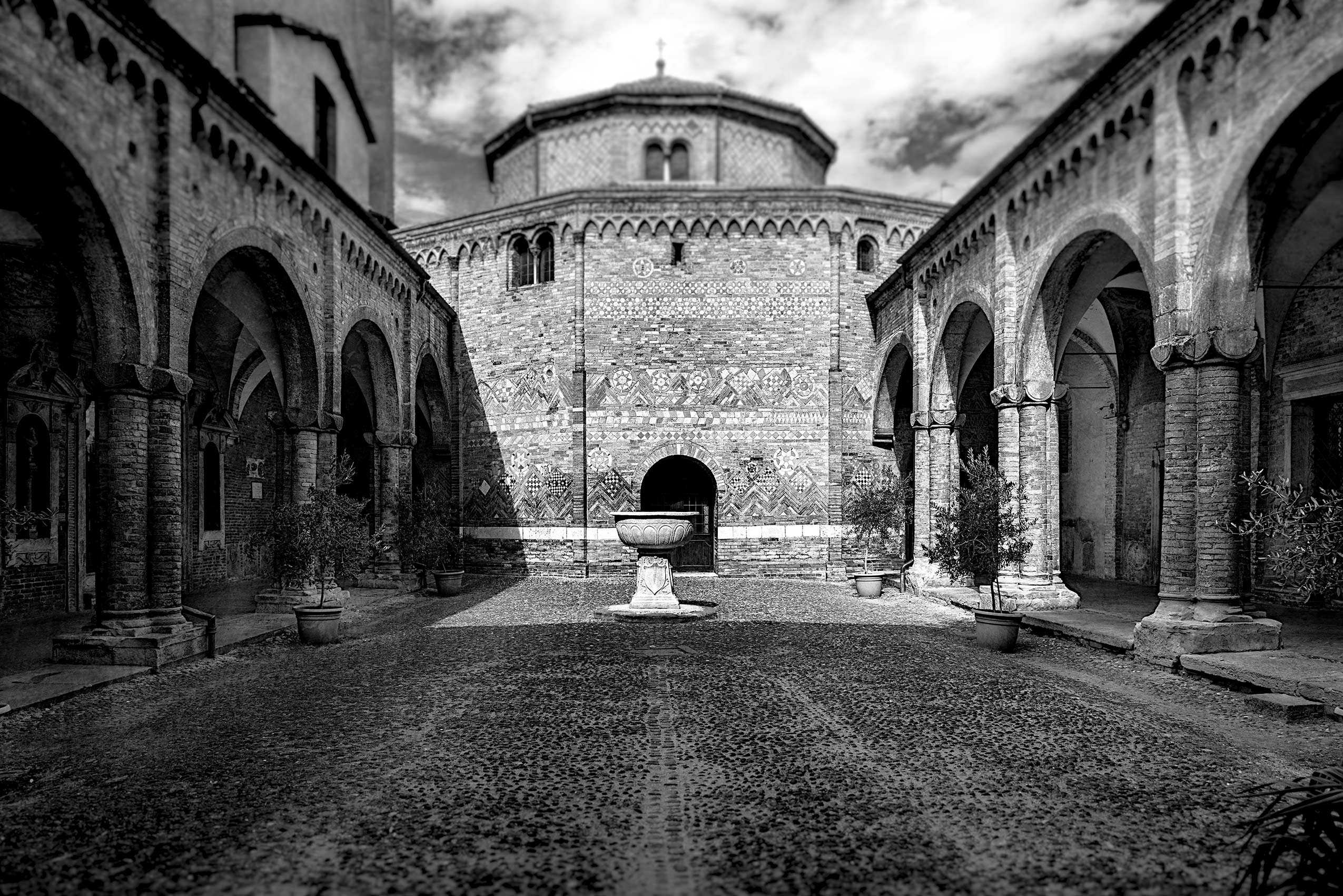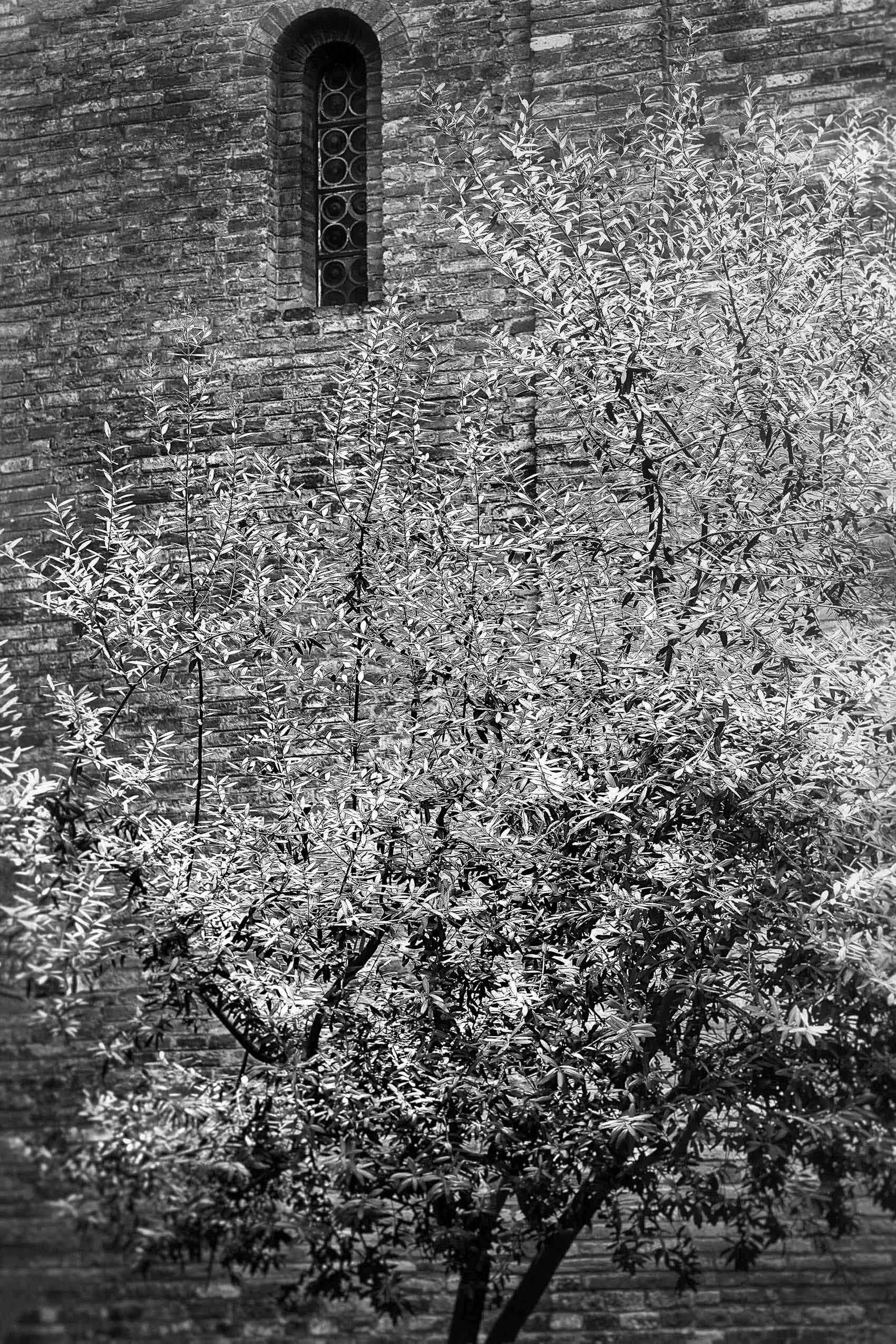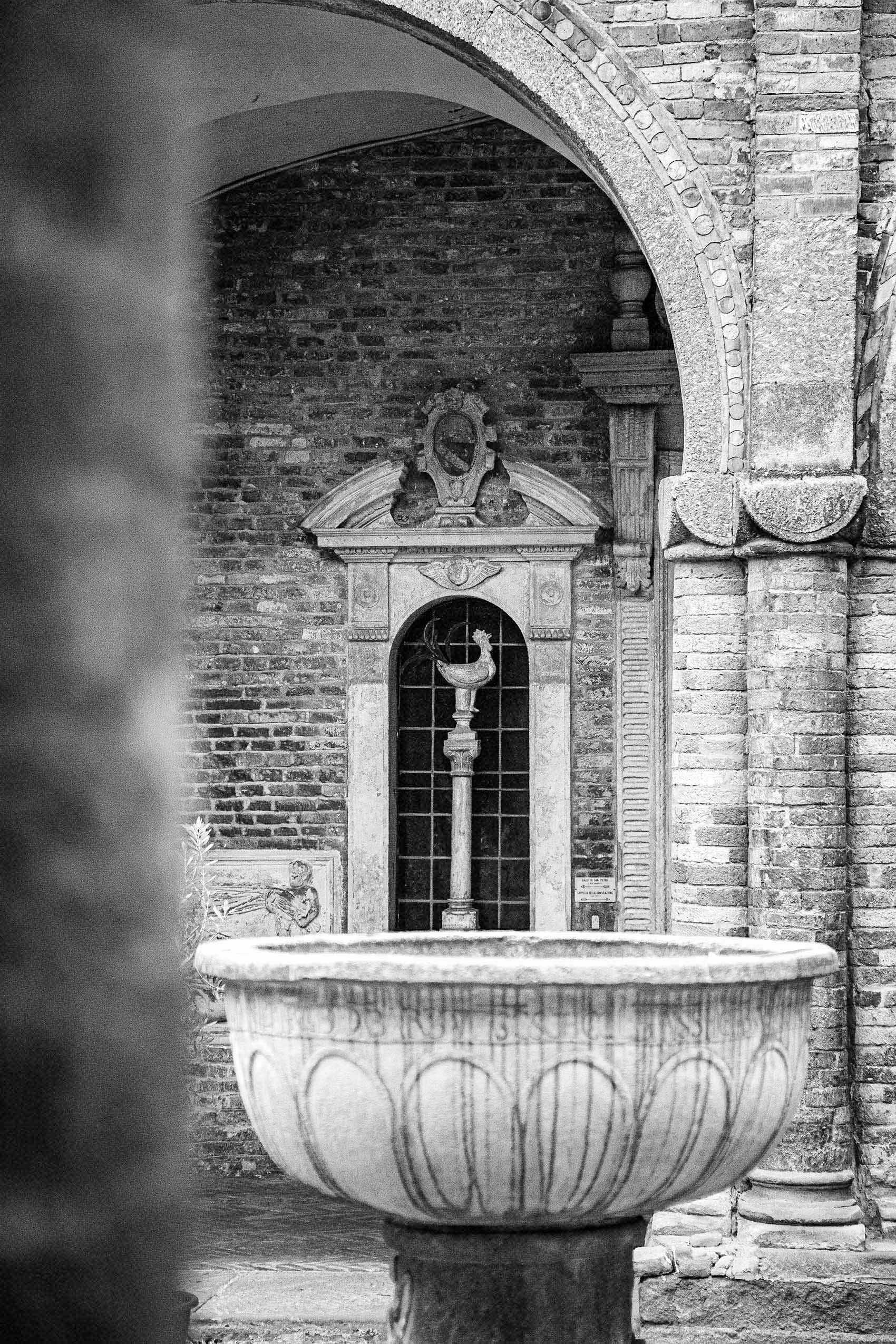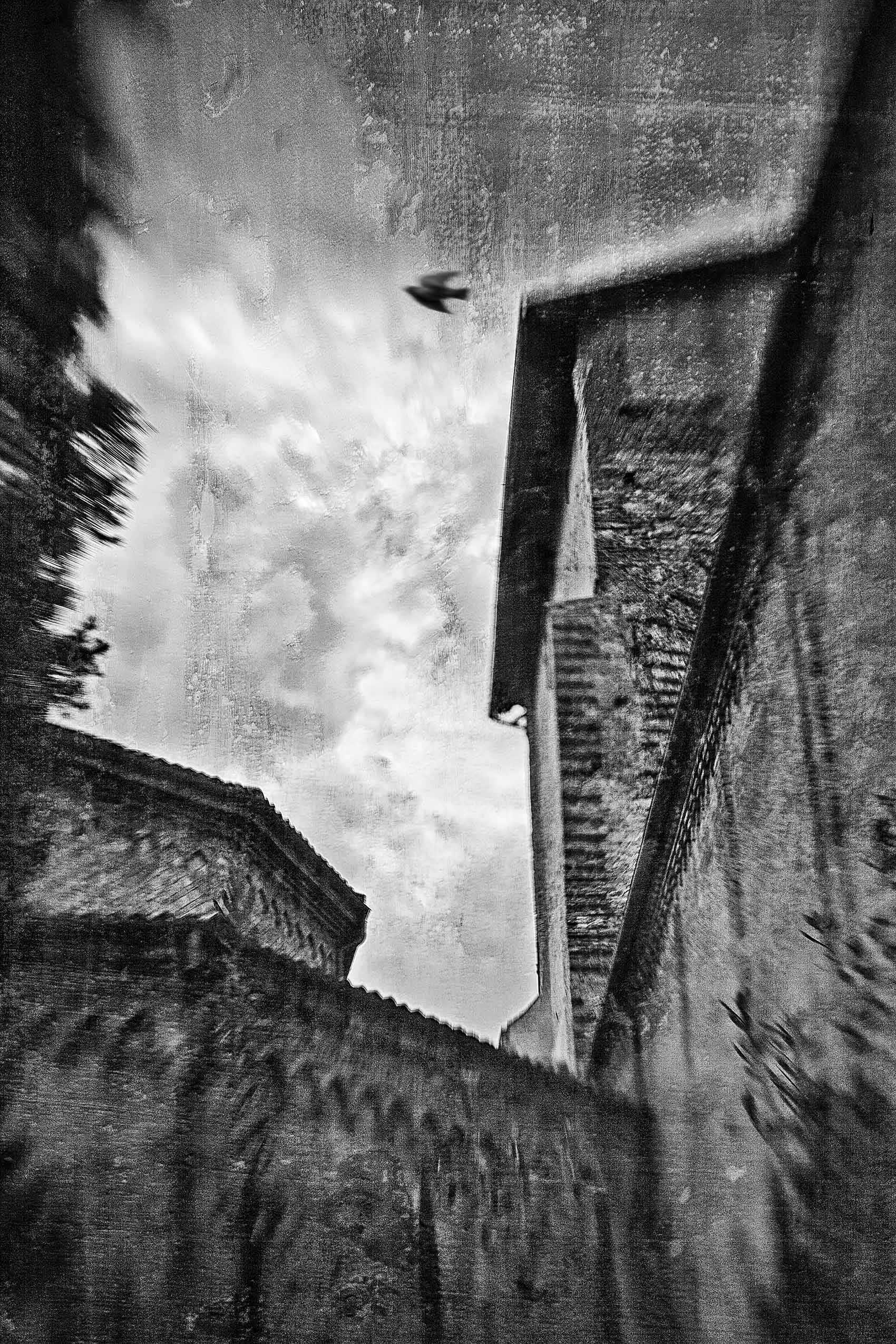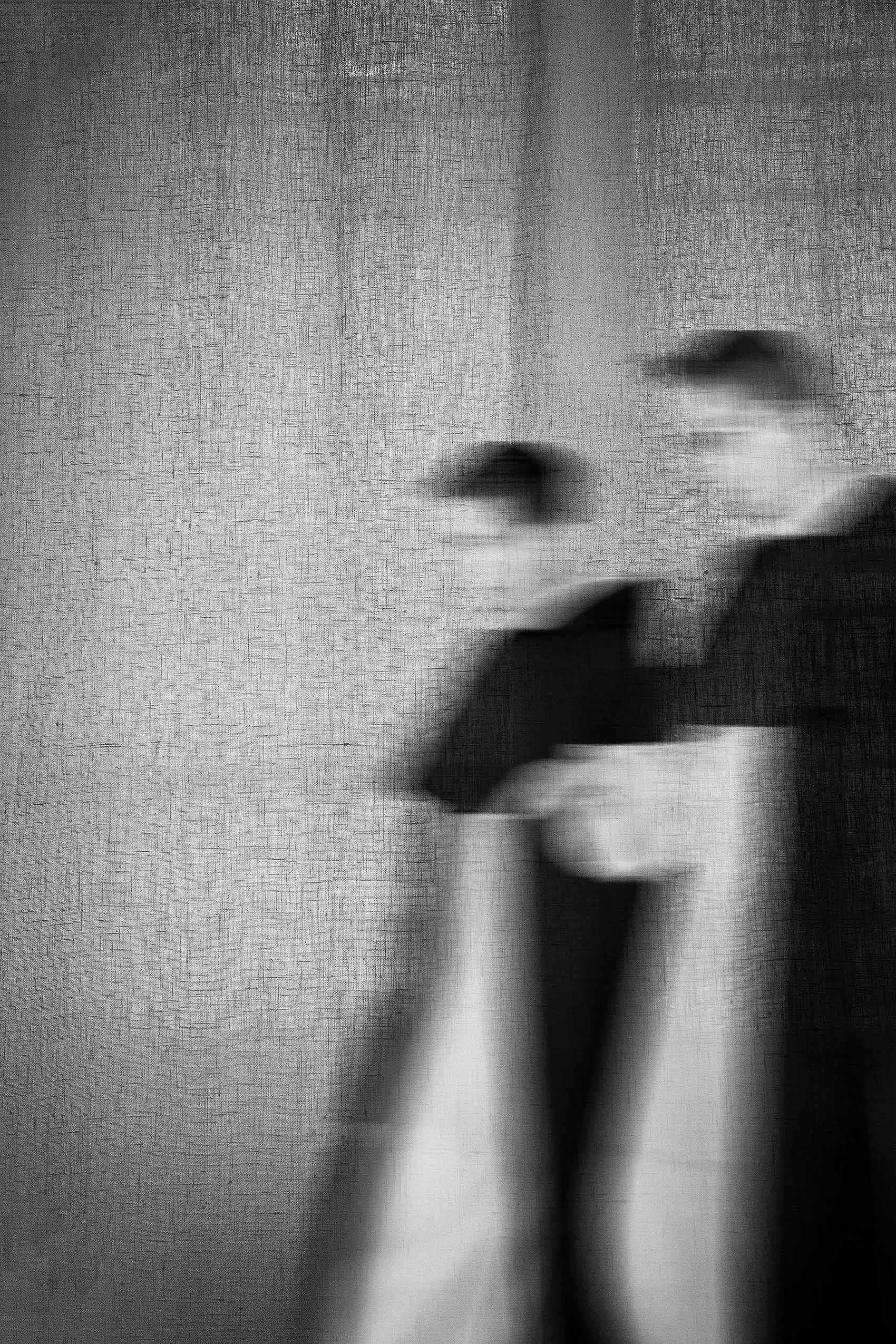A Sacred Place. An Exhibition at the Vineyard Playhouse on Martha's Vineyard opening October 5, 2019
A SACRED PLACE
This group of photographs from a larger collection highlights an assemblage of small Romanesque churches gathered under the name, Basilica of Santo Stefano, in the northern Italian city of Bologna. Every spring for the past decade, my wife and I have travelled there for a few days, she for business, me to photograph and immerse myself in a city of friendly people, gritty cosmopolitan energy, remarkable art and architecture, and exceptional food and wine.
While I am no longer a practitioner of the faith of my childhood, the long, intense exposure to it has left a lasting familiarity with its history and symbols. These few photographs attempt to convey a small part of my time spent in this physical manifestation of them.
The church complex dates to the 5th Century and was founded at the location of a temple dedicated to the Egyptian goddess Isis, whose worship was brought to the north of the Italy by the Romans. Since its founding, but especially during the Crusades, the site has been a destination for pilgrims. It was once known as “Jerusalem in Bologna” because many religious symbols built into the architecture of the site, as well as the religious artworks collected there, represented sacred places in the Holy Land. In the 12th Century, the various small churches, some built with Roman and Greek era columns were incorporated into a single complex in the Romanesque style of the period. Renaissance and Baroque styles influenced later additions and renovations.
Sitting low at the narrow side of the uneven triangular piazza that bears its name, modest Santo Stefano is open to the sky in the neighborhood in which it is located. This place of worship has been at this location for over 1500 years and for centuries before was a place of worship for practitioners of pre-Christian faiths. When I first encountered it, I felt the pulse of its history and culture. I was enthralled. My first impressions of the setting are captured in two photographs; “Mysteries of Faith” and “Spirito Santo” from 2009. They took over a year to find their ultimate photographic expression as I repeatedly recalled and relived their initial impact. Other expressions of my experiences there took shape more quickly though each photograph is infused with my fascination with the place. Selective and soft focus, overlayered textures and variable camera angles are some of the ways I have photographically interpreted my experiences there.
Over centuries, the people of Bologna and pilgrim visitors have engaged in acts of preservation and reconstruction of the symbols that comprise the story of their faith. Santo Stefano has been made and remade by the devoted and skilled hands of these people.
Michael R. Stimola, October 5, 2019

